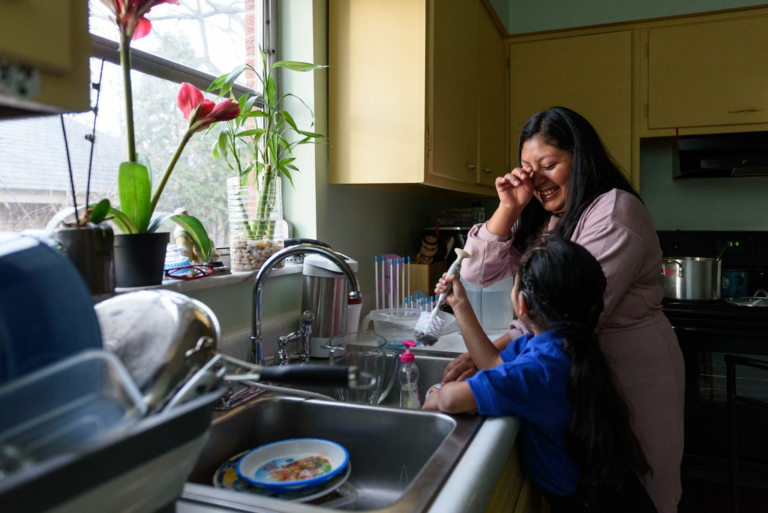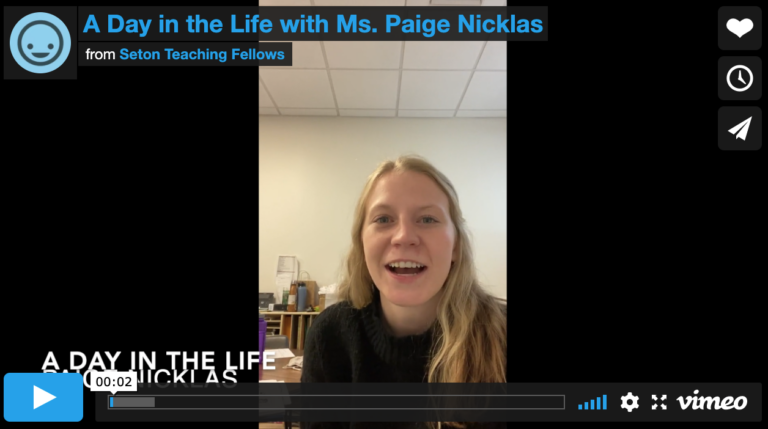Since the early 1800s, it has been common practice for local governments to assign students to a specific public school in their neighborhood, leaving parents with limited choices as to where their children are educated. Much of the educational system in the United States continues to follow this model, to the detriment of families in underserved communities, too often forced to send their children to failing public schools. But as the movement to expand parental choice in education strengthens, things are changing for the better.
Parental choice in education means giving parents the right and means to choose how and where their children are educated. This goes beyond simply the choice between traditional public and private schools—it extends to public charter schools, homeschooling, microschools, and more.
It’s no secret that many public schools are underperforming or even failing. Parental choice has the potential to improve the educational system as a whole. Some even argue that supporting parental choice in education is the single most impactful way to bring children and families out of poverty.
Support for parental choice in education is at an all-time high, as more are realizing that when parents can choose, everyone wins.
To Celebrate 12 years of Seton, we share 12 ways you can lift up all families through increasing access to parental choice in education.
- Understand What School Choice in Education Is
Beyond increased parental involvement in a child’s education, parental choice calls for a restructuring of the education system—one that pushes schools to improve on multiple levels. In the parental choice model, dollars follow the child. Schools must therefore work toward the excellence that attracts parents and students.
There are many resources available to learn more about parental choice. A great first resource is American Federation for Children.
- Be Encouraged
Support for school choice is at an all time high among the public. With 74% in favor, 16% opposed, and 10% unsure, be encouraged knowing that a majority of citizens are in favor of school choice, no matter their political party.
- Understand the Landscape
School choice is not a single-method approach. It can include school vouchers, scholarship tax credit programs, education savings account programs, public charter schools, virtual charter schools, and meaningful public school choice. This overview of the types of programs that allow for school choice gives you a sense of the range of options states have to support families and you can see how widespread school choice legislation is across the country.
- Understand the Impact
Research from American Federation for Children summarizes the benefits of school choice. Some highlights include:
School choice leads to higher graduation rates (21% in one study).
School choice saves taxpayer dollars (and in fact has shown a $2.62x return for every dollar spent).
Expanding school choice leads to better quality education for all children due to competition (higher levels of schools choice directly correlated to better test scores).
School choice leads to decreased racial segregation (9 out of 10 studies show a positive impact; none showed a negative impact).
School choice leads to higher salaries for all teachers.
- Become Familiar with Organizations Devoted to Parental Choice in Education
In addition to national organizations like American Federation for Children, there are many state organizations that work to advance parental choice. Check out this website to explore the progress that has been made on a state by state basis.
- Engage Your Legislators
Tell Congress to support parental choice in education! Now is especially a critical time due to the academic losses so many children (especially children in underserved communities) have experienced due to COVID-related closures. Write a letter to your representatives and tell Congress directly to support school choice. If you have greater influence or capacity, schedule a meeting with your representatives to advocate for children.
- Donate to Organizations that Give Parents Excellent Options to Educate their Children
There are many ways to financially support educational choice—whether that is by donating to an organization that advocates for changes in public policy, a scholarship fund, or an organization like Seton that is creating new, quality school choices for families.
- Vote in Favor of Parental Choice in Education
Working to elect leaders who support parental choice in education and approve measures that enable it is essential. Be sure to stay up to date on when and what the next ballots in your area will be and what the candidates support when it comes to these issues.
- Share with Others
Perhaps this is a new topic for you. Many of your friends and family members may not be familiar with this topic. Supporting parental choice in education involves raising awareness, and this means sharing the topic with everyone you can.
- Support Seton
Seton Education Partners is a proven national effort. Parental choice is ingrained in our mission. Seton expands opportunities for parents to choose an academically excellent and character rich education for their children. And should parents seek Catholic faith formation for their children, we give them that option, too. We use creativity, innovation, entrepreneurship, talented leadership, and public dollars to give parents the choices they deserve and desire for their children. If you haven’t already, subscribe to our newsletter and donate today!
- Share Articles and Resources on Social Media
Be sure to follow pages like the American Federation for Children, Ed Choice, and Seton Partners on social media. Stay up to date on the latest news and content and share on your social media as well. Let’s keep expanding and raising awareness!
- Be a Lifelong Advocate
Being an advocate and raising awareness is not a one time thing. Being an advocate requires lifelong commitment—not only to this movement of parental choice, but to the highest possible excellence in educating our children.
When you support parental choice in education, you’re supporting excellence in education. You’re supporting giving the best possible to our children and thus, giving the best possible to our society.



